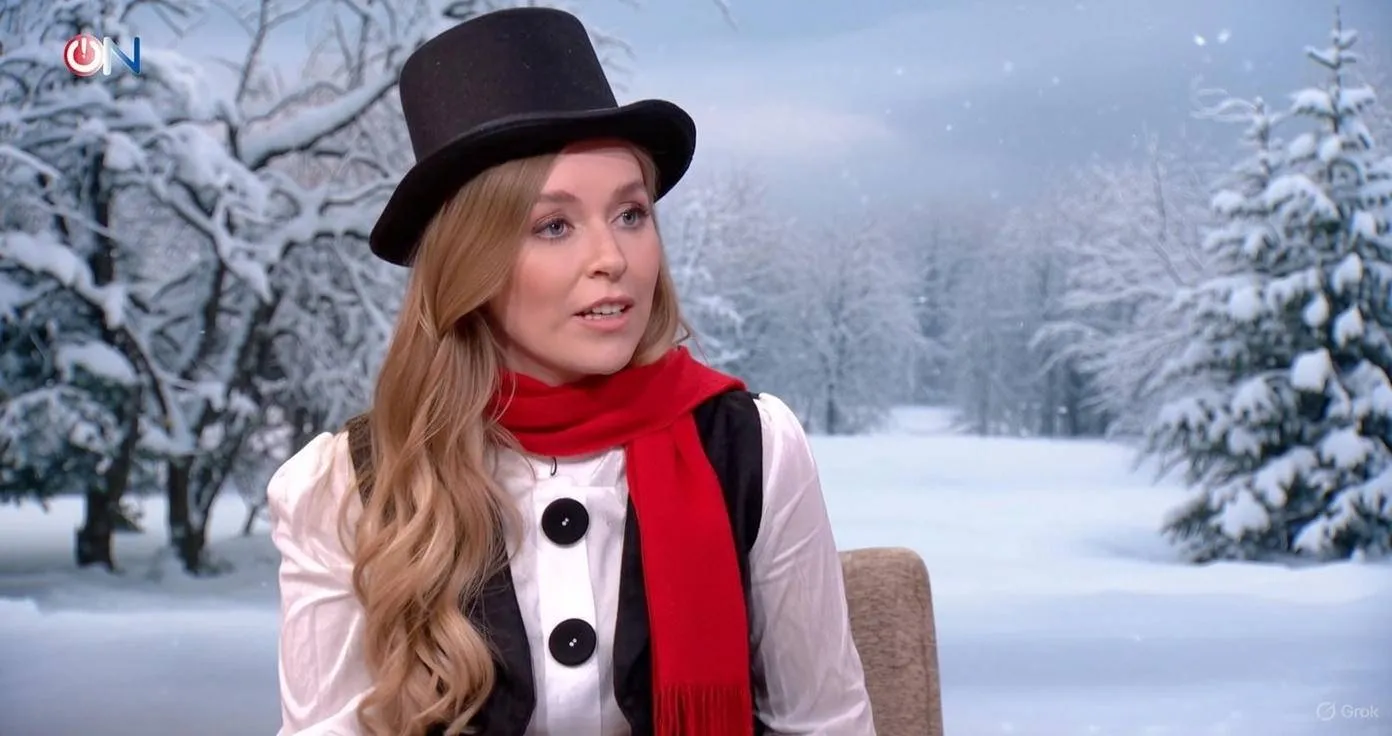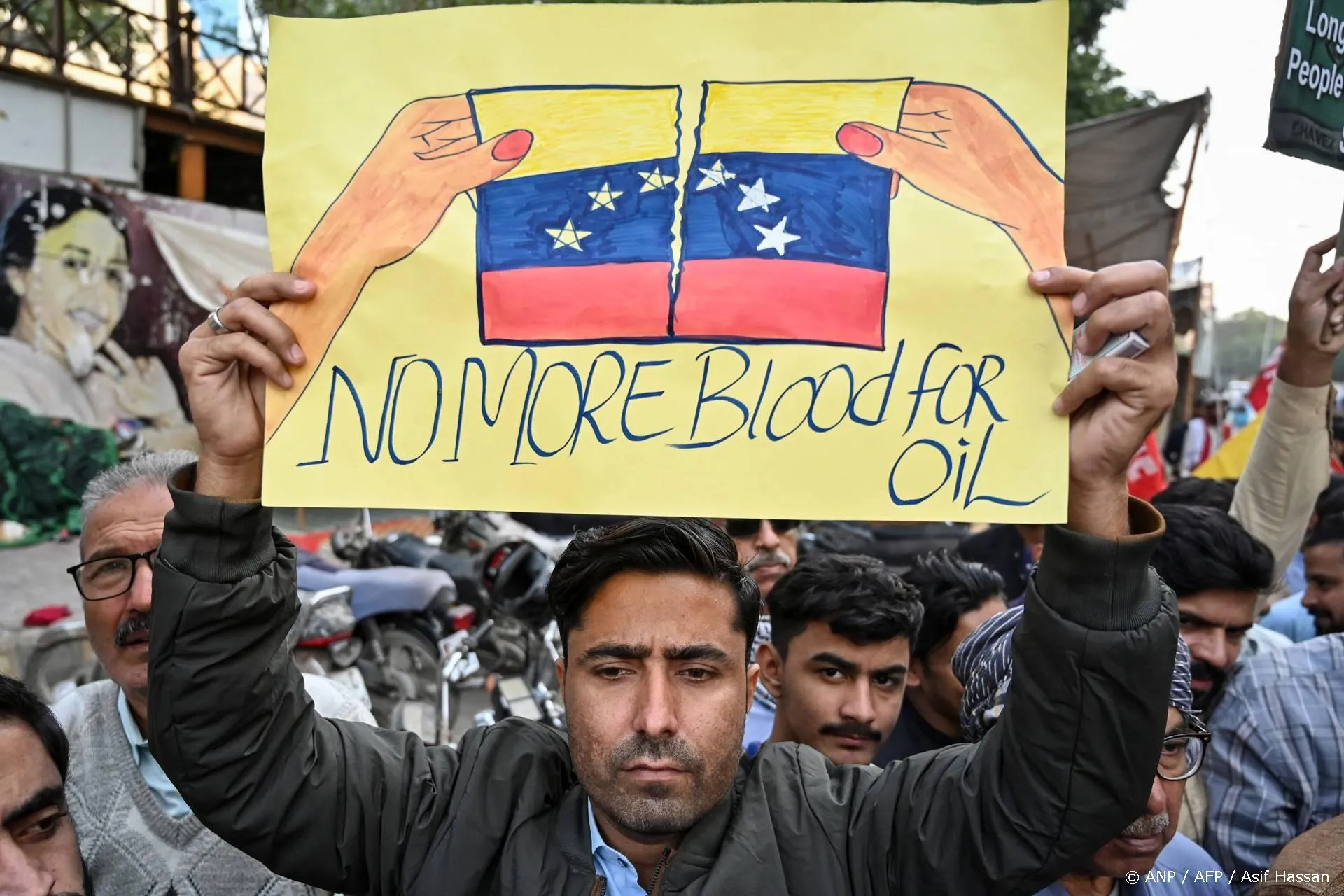Hoera! Het gaat goed met het ozongat!

De ozonafbraak in de ozonlaag boven de Zuidpool is dit jaar ongeveer 40 tot 60% minder dan in de voorafgaande 5 jaar. Dat laten metingen van het Nederlands/Finse Ozon Monitoring Instrument aan boord van de Amerikaanse AURA satelliet zien. Minder ozonafbraak past in de verwachting dat de ozonlaag zich de komende decennia geleidelijk herstelt, maar een dergelijk grote verandering is niet toe te schrijven aan de langzame afname van stratosferisch chloor van 0.5-1% per jaar. De verminderde ozonafbraak dit jaar blijkt te worden veroorzaakt door ongebruikelijke meteorologische omstandigheden.
Uit bestudering van historische satellietwaarnemingen blijkt dat een plotseling opwarming van de stratosfeer zich vaker voordoet. In 2002 was er een bijzonder grote opwarming waardoor het ozongat in september snel uit elkaar viel.
Jakkes, wat een ketterse gedachte! Immers, dat zou onder andere ook betekenen dat er vragen rijzen ten aanzien van de rechtvaardiging van de toekenning van de Nobelprijs aan Paul Crutzen.
As the world marks 20 years since the introduction of the Montreal Protocol to protect the ozone layer, Nature has learned of experimental data that threaten to shatter established theories of ozone chemistry. If the data are right, scientists will have to rethink their understanding of how ozone holes are formed and how that relates to climate change.
Our understanding of chloride chemistry has really been blown apart, says John Crowley, an ozone researcher at the Max Planck Institute of Chemistry in Mainz, Germany. Until recently everything looked like it fitted nicely, agrees Neil Harris, an atmosphere scientist who heads the European Ozone Research Coordinating Unit at the University of Cambridge, UK. Now suddenly its like a plank has been pulled out of a bridge.
Grigory Kruchenitsky, head of the laboratory on ozone monitoring at the Central Aero-logical Observatory expressed the most radical view in an interview with RIA Novosti: "Experts in this area have convincing natural explanations for the causes of ozone holes. Aberrations in the ozone layer over habitable territories are rare, short-term and natural fluctuations. The ozone layer's variable status is mostly linked with changes in the equatorial wind. In some areas, particularly those with polar stratospheric clouds, such an unstable compound as ozone is destroyed by the impact of the wind." The scientist believes that the ozone layer's long-term variability has not disappeared and in the future we may discover ozone holes once again.
Russia, which had ozone holes from the Crimea to the Chukotka Peninsula in the end of the past century, fulfilled its Montreal Protocol commitments with a big delay - only in 2001. Commenting on this fact, Kruchenitsky emphasized: "Russia has fallen victim to the Montreal Protocol because the money allotted for the modification of chemical production was actually used to destroy the chemical division of our defense industry." He called the Montreal Protocol "a document without scientific substantiation, a grandiose scheme launched with financial considerations in mind."
Lees ook
Loading


